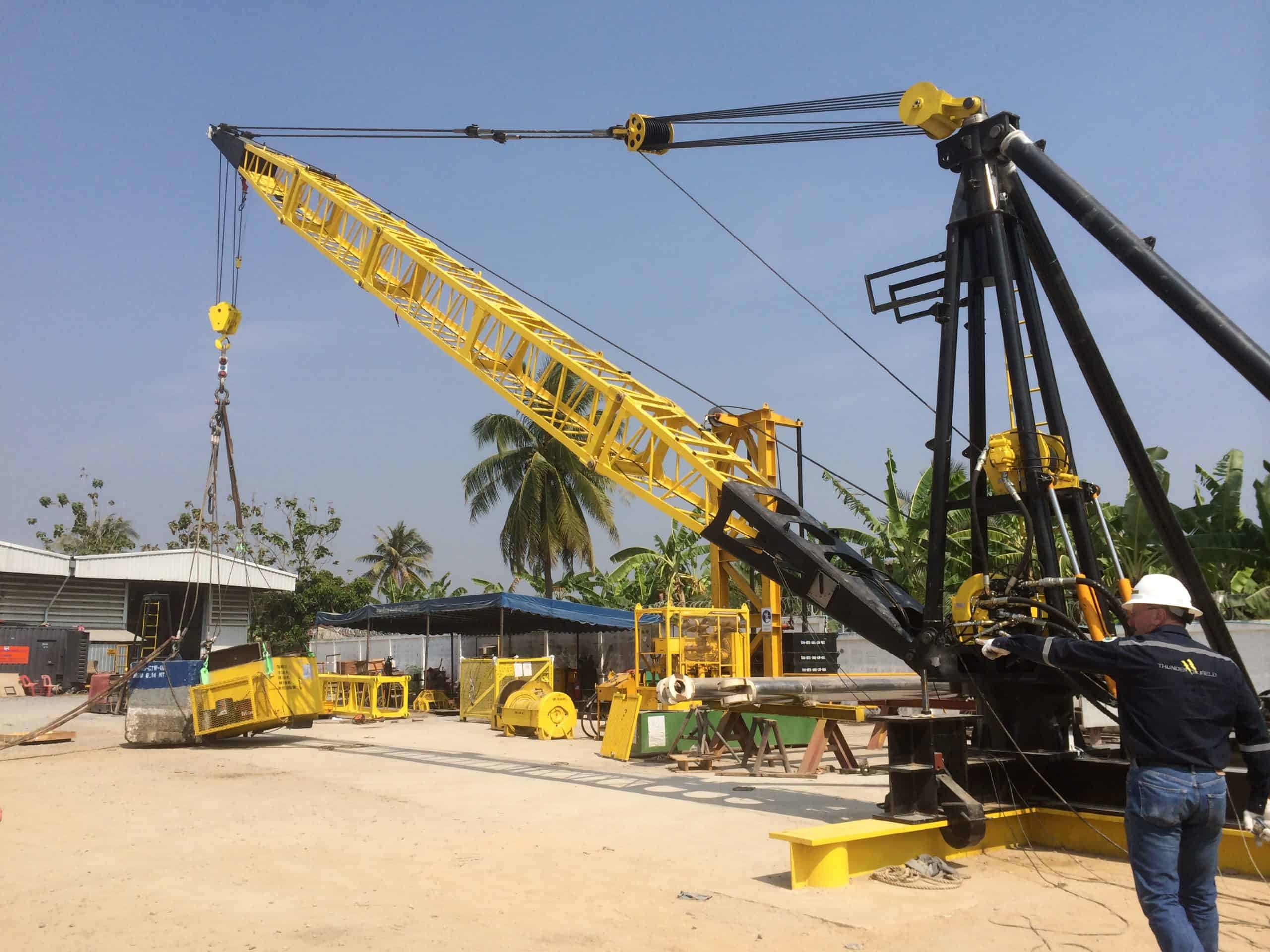Trailers play a crucial role in transporting goods, vehicles, and other items over long distances. One of the key aspects that determine a trailer's performance, capacity, and suitability for specific loads is its axles. This guide delves into the details of trailer axles, highlighting their types, importance, and specific characteristics.
Types of Trailer Axles
Single Axle Trailers
Single axle trailers have one axle with a wheel connected on each end. They are ideal for light to medium loads and are easier to maneuver in tight spaces. Due to their size and weight, they are more fuel-efficient and cost-effective for shorter trips.
- Capacity: Typically, single axle trailers can carry loads up to 3,000 pounds.
- Cost: They are less expensive compared to multi-axle trailers, both in terms of initial purchase and maintenance.
- Maneuverability: Superior due to the single point of contact with the ground.
Tandem Axle Trailers
Tandem axle trailers feature two axles situated close to each other to distribute the load's weight more evenly. This setup enhances stability and is suitable for heavier loads or longer distances.
- Capacity: These trailers can handle loads ranging from 4,000 to 12,000 pounds, depending on the specification.
- Cost: Higher than single axle trailers due to increased materials and construction complexity.
- Stability: Improved over single axle trailers, especially at higher speeds or in adverse conditions.
Triple Axle Trailers
Triple axle trailers have three axles, offering even greater load capacity and stability. They are typically used for hauling very heavy loads or for trailers that require a stable platform.
- Capacity: Can carry significantly more weight, often exceeding 15,000 pounds.
- Cost: The most expensive option due to their size, material, and construction requirements.
- Stability and Safety: Offer the best stability and are equipped with more brakes than single or tandem axles, improving safety.

Importance of Choosing the Right Axle
Selecting the correct axle configuration is vital for safety, efficiency, and cost-effectiveness. The right axle will:
- Enhance Safety: Properly distributed weight reduces the risk of accidents.
- Improve Efficiency: Matching the axle to the load ensures optimal fuel consumption.
- Control Costs: Avoids overinvestment in too large a trailer or underperformance from an undersized model.
Specifications to Consider
When choosing a trailer, it's crucial to consider the following specifications:
- Load Capacity: Matches the weight of the cargo plus the trailer's weight.
- Material Quality: Affects durability and maintenance. High-quality steel or aluminum are common.
- Size and Dimensions: Ensure the trailer fits the intended load size and is compliant with road regulations.
- Life Expectancy: A high-quality trailer can last over 20 years with proper maintenance.
- Cost: Initial purchase price, maintenance, and operation costs must fit within the budget.
In conclusion, the number of axles a trailer has significantly influences its performance, safety, and suitability for specific tasks. Whether it's a single, tandem, or triple axle trailer, each has its unique advantages and limitations. Understanding these factors allows for an informed decision that matches one's transportation needs and budget constraints. For more detailed insights, how many axles does a trailer have? offers an extensive guide on selecting the right trailer for your requirements.